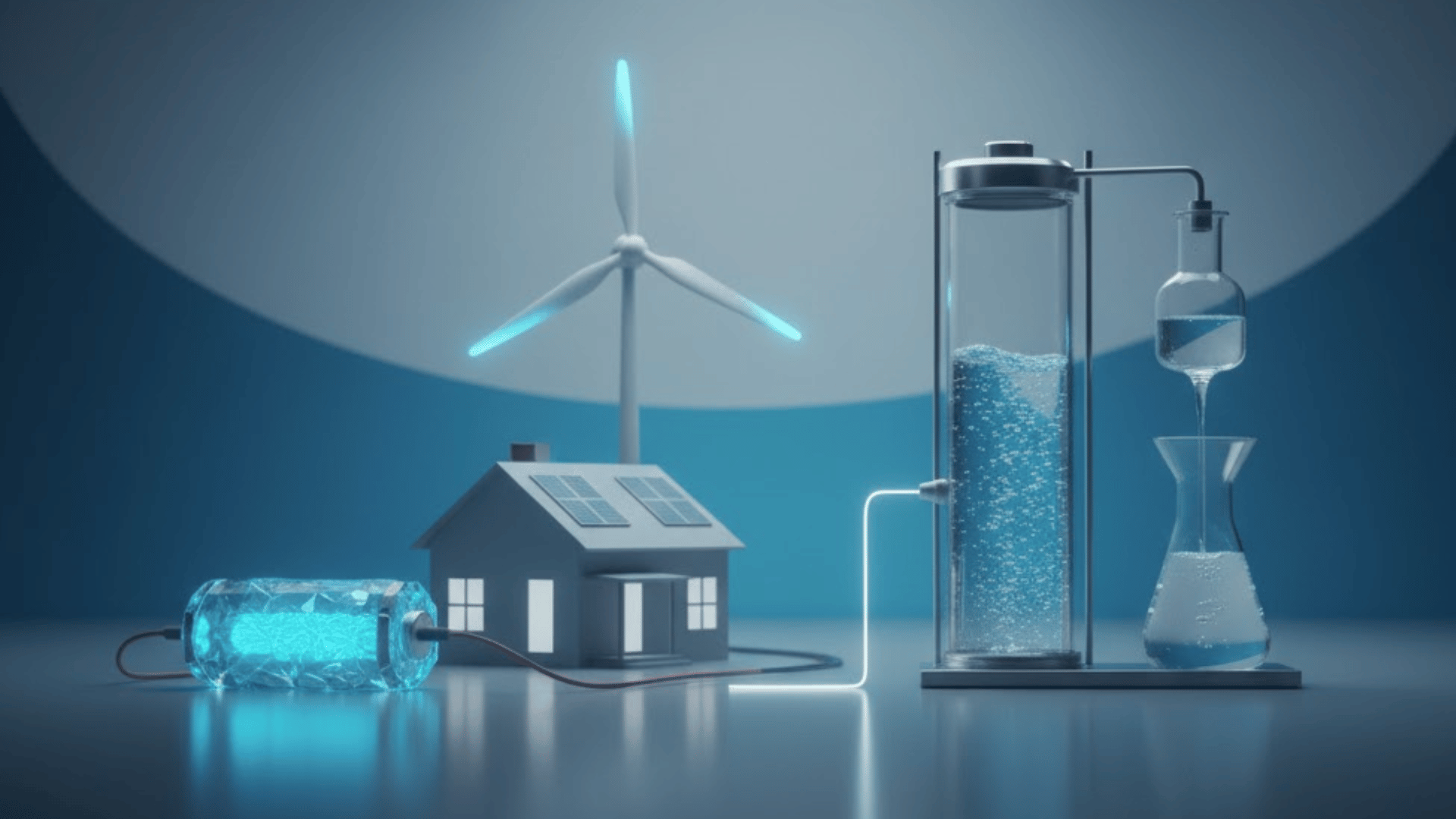There is an obvious global race for sustainable and high-performing energy storage. An unexpected discovery could put sodium-ion batteries ahead and provide a promising alternative to lithium technology. Scientists at the University of Surrey found that not removing water from battery materials can actually boost their performance. As a result, it could pave the way for low-cost, eco-friendly power grids and EVs.
Researchers published their findings in the Journal of Materials Chemistry A. It centers on the abundantly available element sodium. It’s a promising alternative to the expensive and environmentally challenging lithium that is widely used in the market. Matching lithium-ion’s performance was and still is a challenge.
A Wet Material Delivers a Performance Boost

The team focused its attention on a sodium-based compound called sodium vanadium oxide. Traditionally, this material is heat-treated to remove its presumably problematic water content. However, researchers challenged this historic assumption. They tested a nanstructured sodium vanadate hydrate with its water intact. Researchers say the results were unexpected.
Surrey Future Fellow Dr. Daniel Commandeur stated that the material demonstrated a significant enhancement in capabilities. He says it stores almost twice the charge of typical sodium-ion materials.
“Sodium vanadium oxide has been around for years, and people usually heat-treat it to remove the water because it’s thought to cause problems,” said Dr. Commandeur.
He added, “The material showed much stronger performance and stability than expected and could even create exciting new possibilities for how these batteries are used in the future.”
In addition to energy storage and stability for over 400 charge cycles, researchers revealed a remarkable secondary application: electrochemical desalination. According to the research team, the material was tested in salt water. Not only did it continue to function effectively, but it also began removing sodium from the solution. Research suggests that sodium-ion batteries could be repurposed to create fresh water.
“Being able to use sodium vanadate hydrate in salt water is a really exciting discovery, as it shows sodium-ion batteries could do more than just store energy – they could also help remove salt from water,” said Dr. Commandeur. “In the long term, that means we might be able to design systems that use seawater as a completely safe, free, and abundant electrolyte, while also producing fresh water as part of the process.”







